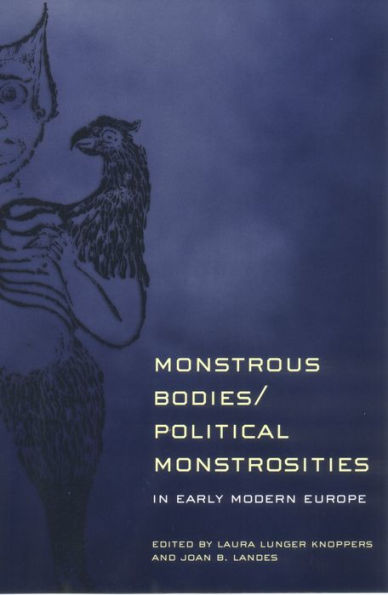Jonathan Sawday
There can be few figures more marginal than those objects of fear, wonder, fascination, awe, or trepidation consigned to the category of the monstrous. The history of the monster is also the history of the darker side of the understanding of what it might mean to be fully human. As the editors of this fascinating collection of essays observe, 'monsters blur boundaries—transgressing, violating, polluting, and mixing what ought to be kept apart.' They act as a kind of litmus test of normality. Here, then, are eight timely, thoughtful, and meticulously argued essays, lavishly illustrated, each of which helps us to understand how the age that gave us Hobbes, Locke, Newton, Pascal, and Rousseau also gave us the headless monsters of the English Revolution, the monsters of the apocalypse, the strange births associated with the German Reformation, and the creatures to be found in Montaigne or Rabelais.
Michael Hagner
Monstrous Bodies/Political Monstrosities in Early Modern Europe is more than just a further contribution to the growing historiographical monster industry, because it is a remarkable combination of fine scholarship and intellectual passion. Laura Lunger Knoppers and Joan B. Landes are to be commended for bringing together essays that admirably enrich our understanding of how monsters are represented in political, medical, and literary contexts. This ambitious book is a significant contribution to early modern social and cultural history.



